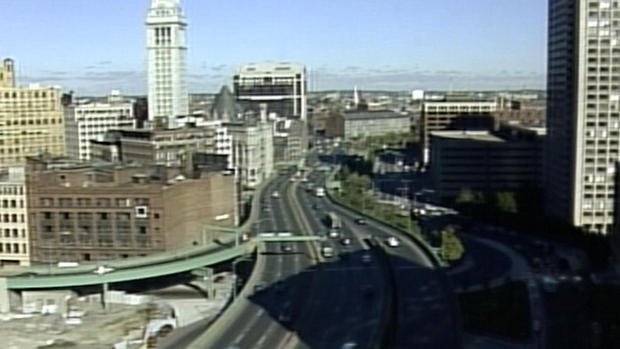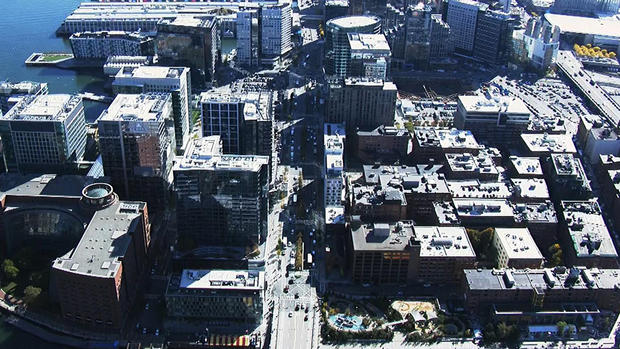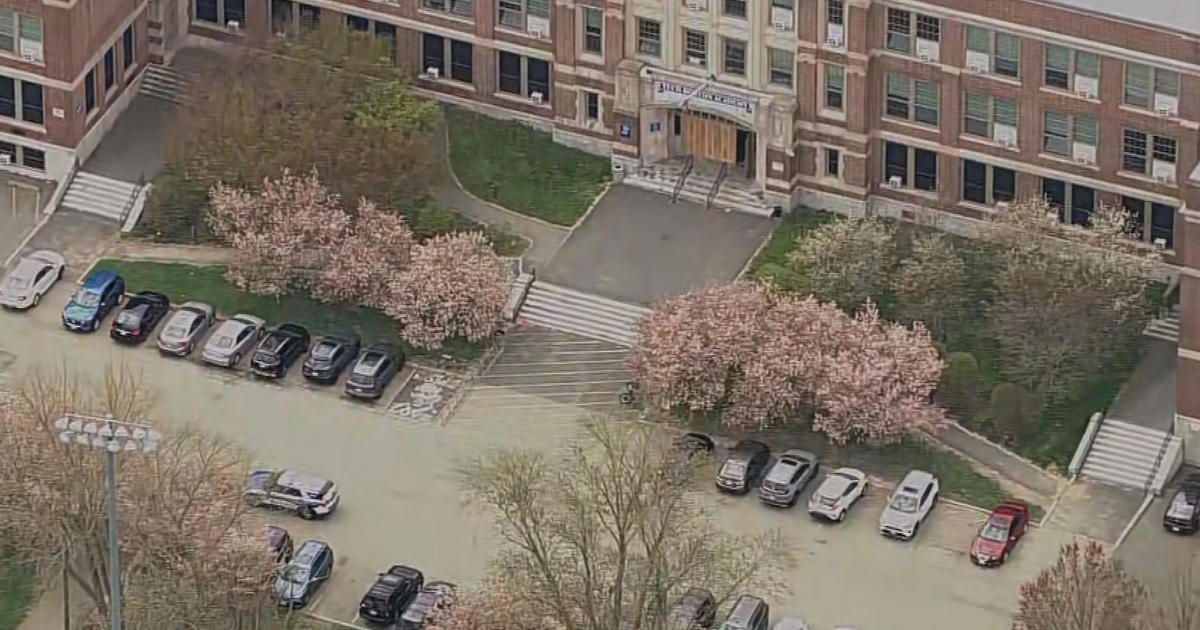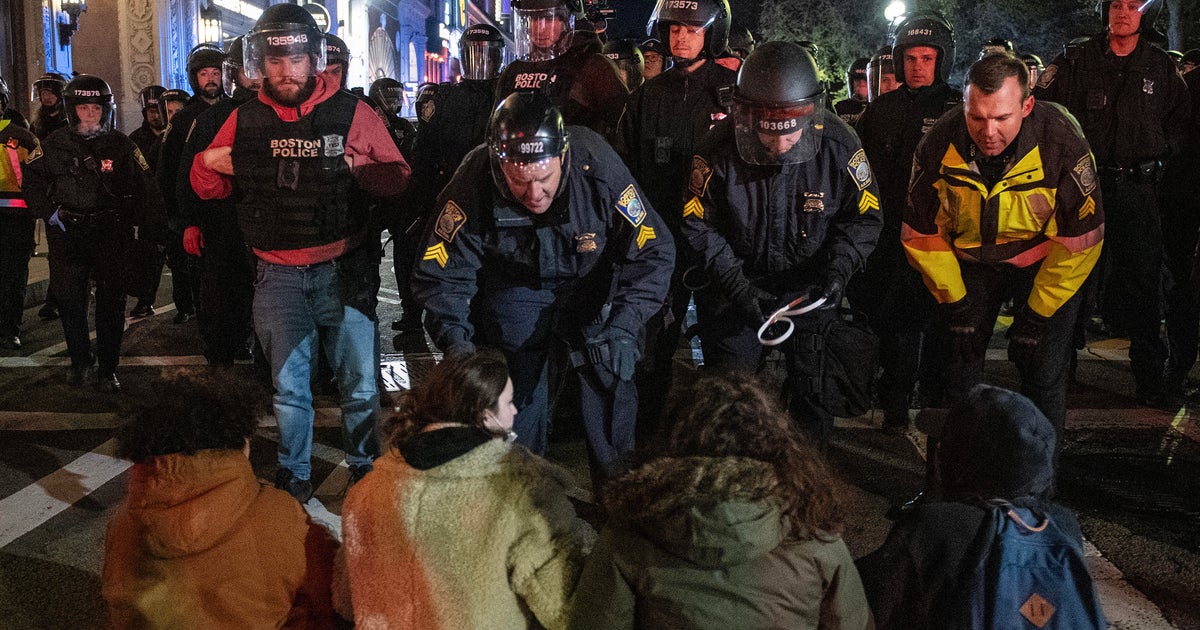How Boston's Seaport Transformed From 'Commercial Wasteland' To Bustling District
BOSTON (CBS) – Tony Savarino is one of the few people in the Seaport who can say he actually grew up in the area. He moved into an artist's loft with his mom in the 1980s. In those days, he remembered, there was not much going on in the area.
"It was like a commercial wasteland," he said.
He remembers acres of parking lots and a neighborhood that give people little reason to drive over the bridge from the financial district. As a kid he recalls cars being burned in those lots on a regular basis and that wasn't the worst of it. The parking lot in front of Anthony's Pier 4 was the scene of a grisly mob hit back in 1982. Two men were shot to death in a blue Datsun, a crime that would later be linked to Whitey Bulger.
Today, walking down Seaport Boulevard, Tony marvels at the amount of change in this neighborhood.
"So basically there was nothing and this popped up overnight," he said, pointing to the row of shining new buildings from the Envoy Hotel all the way to the World Trade Center.
Alex Morris also sees a much different view today than when she first started serving lobster rolls at the Barking Crab as a teenager in the 90s. Desolate, barren and empty were the words she used to describe the neighborhood surrounding the restaurant in those days. She returned as a manager a few years ago and has had a front row seat to the explosion of development in the area. "Now it's fancy and it's busy and it's growing," she said
There were not a lot of kids in this area when Tony was growing up, so the artists were his friends. There were also no schools, so he made his way across the city to a private school in Cambridge every day. On his way home from class, he would often stop by for sound checks at the legendary Channel nightclub.
"I'd watch everyone from like Bo Diddley. James Brown played there," he remembered.
After a run of hosting some of the biggest names in music, The Channel closed up shop in 1991.
The real change in this neighborhood, according to Tony, started with the end of the Big Dig and the removal of the Central Artery, which cut the city off from the waterfront.
"As soon as that finished, it was alike a fire sale on property," he said.
That's when the old landmarks started to disappear. Jimmy's Harborside on Liberty Wharf closed and was demolished in 2007 to make way for a block of five new restaurants including Legal Seafood. Anthony's Pier 4, once one of the busiest restaurants in Boston, closed in 2013 to make way for a mixed use development.
All the development has created a new and hip vibe, a perfect sport for the exploding restaurant scene according to Tuscan Kitchen general Manager Charles Wright, "Once you go over that bridge, it's really a city within a city."
Like many of the restaurants here, the Tuscan Kitchen is fine dining, but Wright says his staff welcomes anyone who wants to visit.
WS Development is responsible for much of the growth in this neighborhood. "All of the development in the Seaport isn't even halfway done," explained Vice President Yanni Tsipis. In the next five or six years, WS plans to build nine more buildings as well as more green space.
"We are building something called Harbor Square Park, a one-acre open space," Tsipis explained. Plans for that park include a pedestrian walkway from the ICA all the way to South Station.
Tony likes much of the change in this neighborhood. He loves seeing young families and kids playing in the playgrounds. But he does worry about the cost of gentrification.
"I think sort of the artist community is just a ghost of what it once was because I don't know any artists that could afford to live down here," he said.
Alex Morris is happy to remain one of the few casual dining places in the neighborhood and she says ownership plans to continue serving up classic New England fare with a side of sass.
"We like to call ourselves, not the shiny new penny, but the comfortable slippers. It's always something you go back to, your comfortable slippers," she said.







